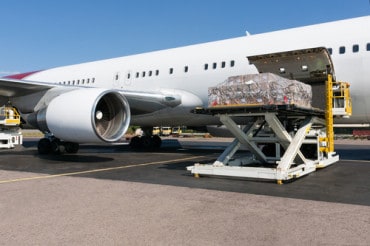
IoT connections are expected to reach 142 million by 2027, primarily due to the growth in 5G standalone deployments.
British market research firm Juniper Research has forecast the number of 5G IoT roaming connections to increase from 15 million in 2023 to 142 million in 2027.
It anticipates the rise will be primarily due to 5G standalone deployments, which are networks that have no dependency on 4G LTE or other last generation technology. Through this, customers can achieve higher average speeds, improving the value proposition for the roaming model.
SEE ALSO: Metaverse, Edge, and Digital Payments: IoT Moves to New Levels
Juniper Research identified Western Europe as a key market for 5G IoT connection growth, with it forecast to be responsible for 21 percent of all 5G roaming connections in 2027 despite only having five percent of the global population. Heavy state and cellular operator investment in 5G over the past few years and into the mid-2020s will keep Western Europe ahead of other regions.
“To further capitalize on the growth of 5G IoT roaming in West Europe, operators must form roaming agreements that leverage standalone 5G networks to improve network performance for roaming connections, and provide the same level of service when roaming as they do on home networks,” said Elisha Sudlow-Poole, senior research analyst at Juniper Research.
In addition to increasing 5G standalone deployments and establishing roaming agreements, Juniper Research also urged cellular operators to implement roaming analytics to increase the revenue generated from the IoT roaming data captured in real-time.
Juniper Research previously published a report which said that IoT connections would surpass 100 million by 2026. This looks to be a slightly more optimistic outlook from the market research firm, indicating that the pace of deployment has increased since March.
Some of the factors in the report seem quite a few years away, for example, the report mentions that autonomous vehicles will necessitate advanced roaming solutions, however availability of AVs outside of a few test cities is still potentially more than a decade away. Stakeholders may need to look at more practical reasons for implementing 5G standalone deployments, than one which may not even affect their region until the 2030s.








